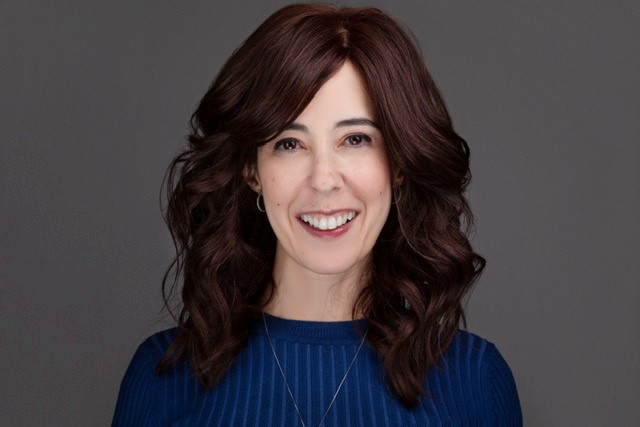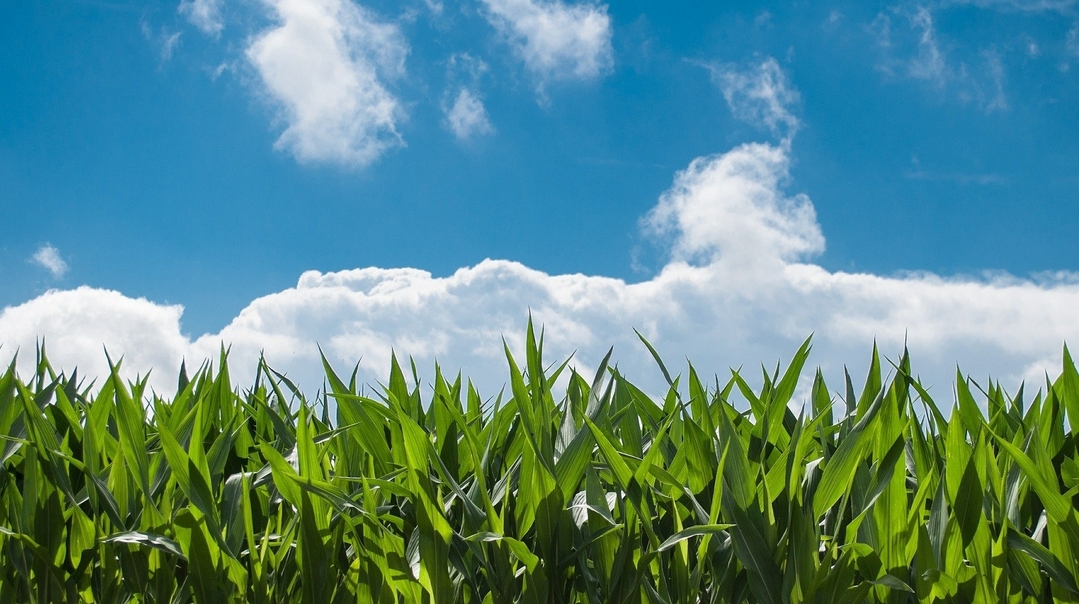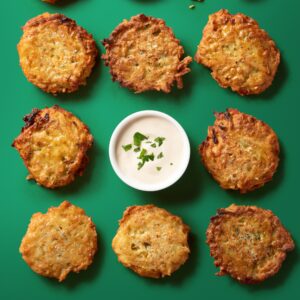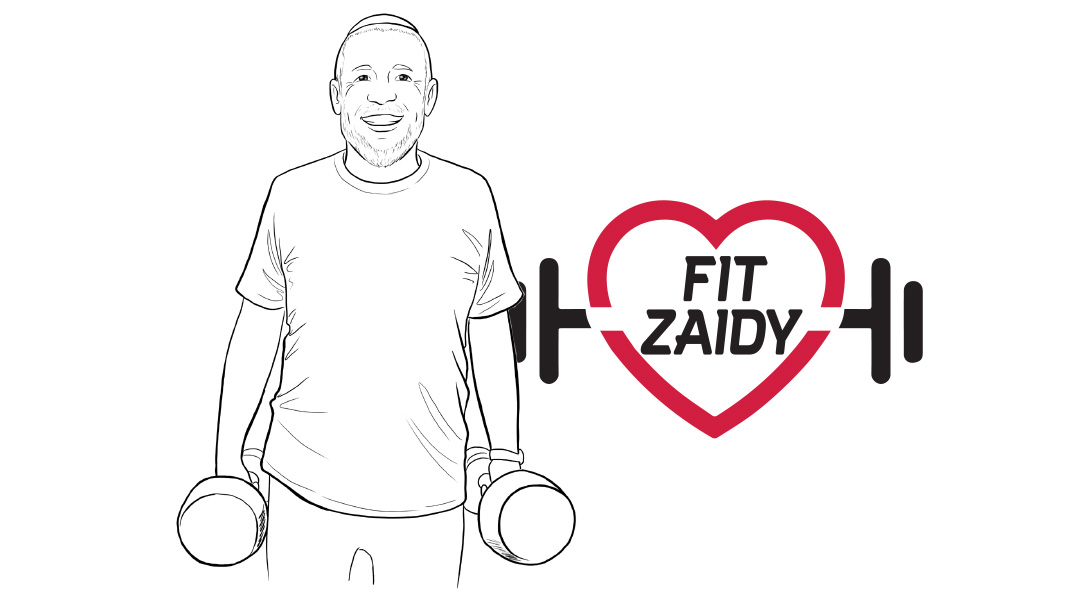Akiva Marcus


Before you take a bite of your cornflakes this morning, pause. Consider all the people who had a hand in making your breakfast available (don’t worry, they were wearing gloves): the farmer who grew the grain, the company that milled it, the distributor, and of course that cashier at your local grocery (yeah, I might have skipped a few steps). But have you ever given one moment to think about the weather forecaster who helped deliver those cornflakes to your bowl? Good thing Akiva Marcus, agricultural meteorologist, is here to enlighten you.
What led to your eclectic career choice?
My father encouraged me to follow my interest in weather and even arranged for me to meet with a professional meteorologist as a bar mitzvah present. When I was a teen, I enjoyed vegetable gardening, and when I saw how often I needed to water my tomato and squash plants when there wasn’t enough rain or the weather got too hot, I learned how important good weather is for growing crops.
How did you get the training you needed?
I earned a degree in meteorology and then one in agriculture in order to understand how grain and oilseed crops grow. I was fortunate to get a job for a consulting company in Maryland that specialized in monitoring the agriculture and geology of the earth from satellite observations. That work attracted the interest of food companies, which were looking for a way to take advantage of this new technology to monitor field crops. It allows them to better anticipate the supply of grain and oilseeds, which are the raw materials needed to make the cookies and chocolate we enjoy.
Oops! We could not locate your form.












